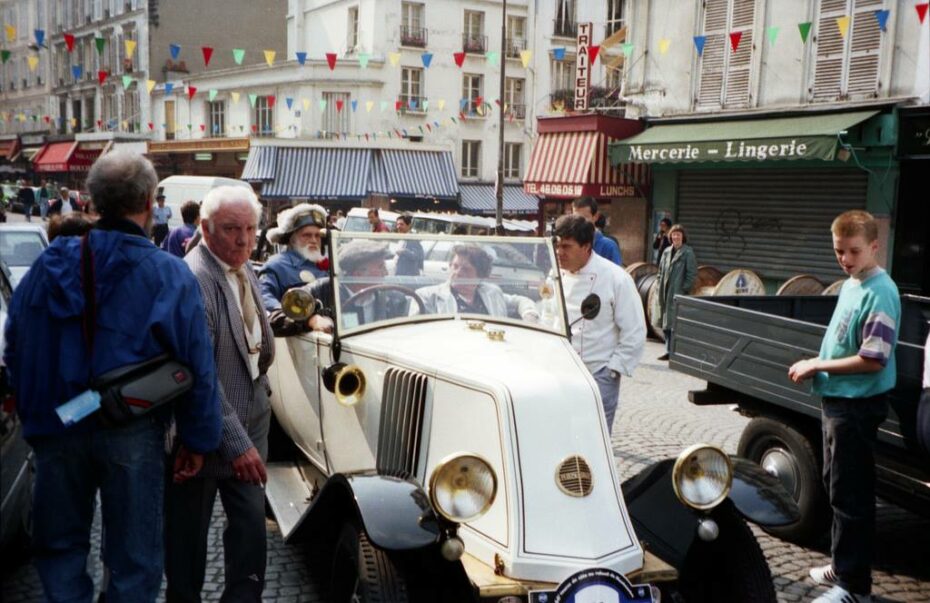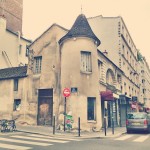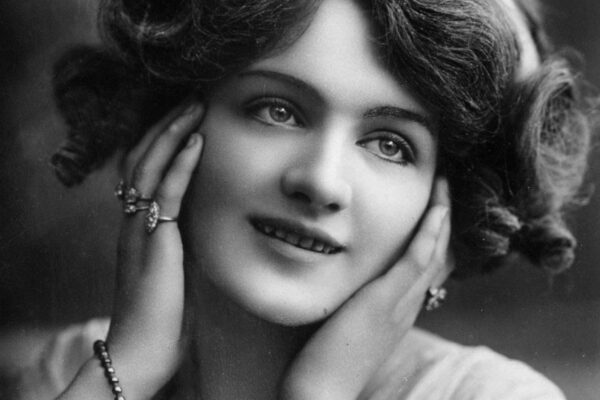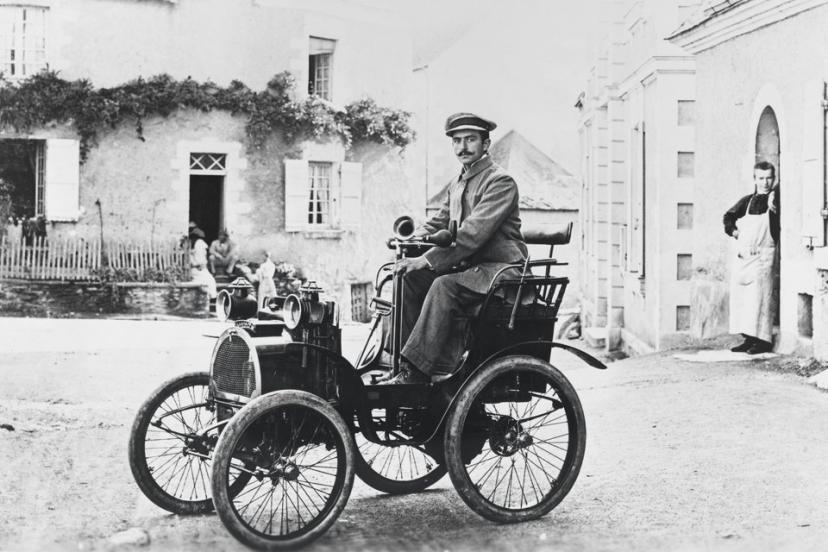
The French have arguably mastered the art of slow living in the name of joie de vivre, and perhaps nowhere else has this been best demonstrated than on the cobblestone streets of Montmartre, which for many years, played host to the world’s slowest race…
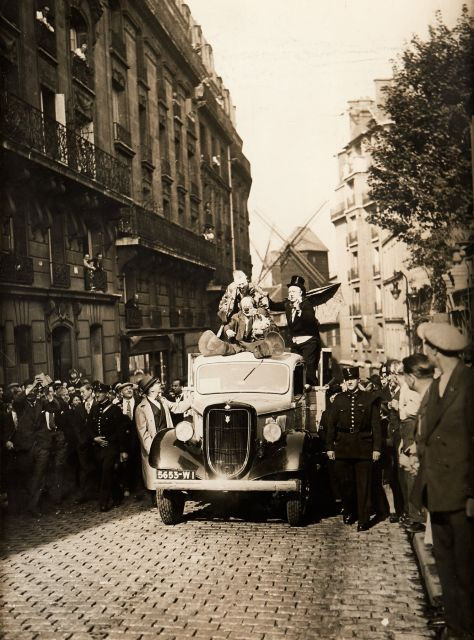
The story goes that one New Year’s Eve in 1898, a 21 year-old Louis Renault and his brother Marcel, then young car manufacturers in the making, were celebrating with friends at a cabaret at the foot of Montmartre. Louis had just built his first car; a De Dion Bouton tricycle to which he added a fourth wheel and adapted a three-speed transmission of his own invention. That night he’d driven his voiturette proudly across Paris, but amongst his champagne-fuelled friends, it became the subject of ridicule. In 1898, the automobile was still a curiosity, and Renault’s odd-looking prototype they dubbed the “P’tit Louis” wasn’t inspiring much confidence. Eager to prove them all wrong, he challenged his hecklers to a test drive, betting that his new invention could successfully make it up Rue Lepic, then a mere step up from a muddy path and one of Paris’s steepest streets – a notoriously difficult climb for motor vehicles of the day. Alas, Louis and his incredulous passenger made it to the top, albeit not in any great haste. Still, onlookers were so impressed that it’s said Louis descended the hilltop village of Montmartre that night with no less than twelve orders for the prototype. What became known as the Renault Voiturette was manufactured between 1898 and 1903 and the car’s slow but steady champagne-fuelled voyage up Rue Lepic one New Year’s Eve in 1898, effectively launched one of the world’s leading car brands.
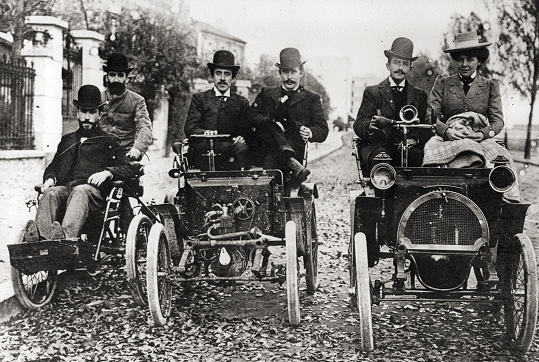
Almost 25 years later, in 1922, the Renault brand had grown tremendously, boosted by wartime production and technological advances. A journalist and avid cyclist by the name of Pierre Labric had the idea of launching “La Course au Ralenti de Montmartre” (“The Montmartre Slow Motion Race”) inspired by Renault’s much-talked about New Year’s joy ride at the turn of the century. It was relatively tame compared to Labric’s own feats, which included cycling down Montmartre’s funicular and even a staircase of the Eiffel Tower.
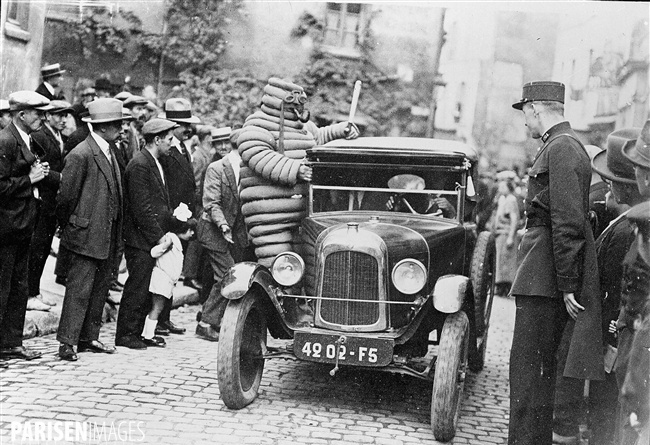
Beginning at La Pompette restaurant at 24 Rue Lepic, participants were invited to drive at the speed of the tortoise to reach Place du Tertre. It took vehicles of all kinds about 30 minutes to complete the race while motorcyclists, who also were involved, did it in about 15 minutes. The slowest riders finished the course in two hours but it allegedly took some vehicles 24 hours – although we’d wage this must have included at least a few breaks at cafés along the route.
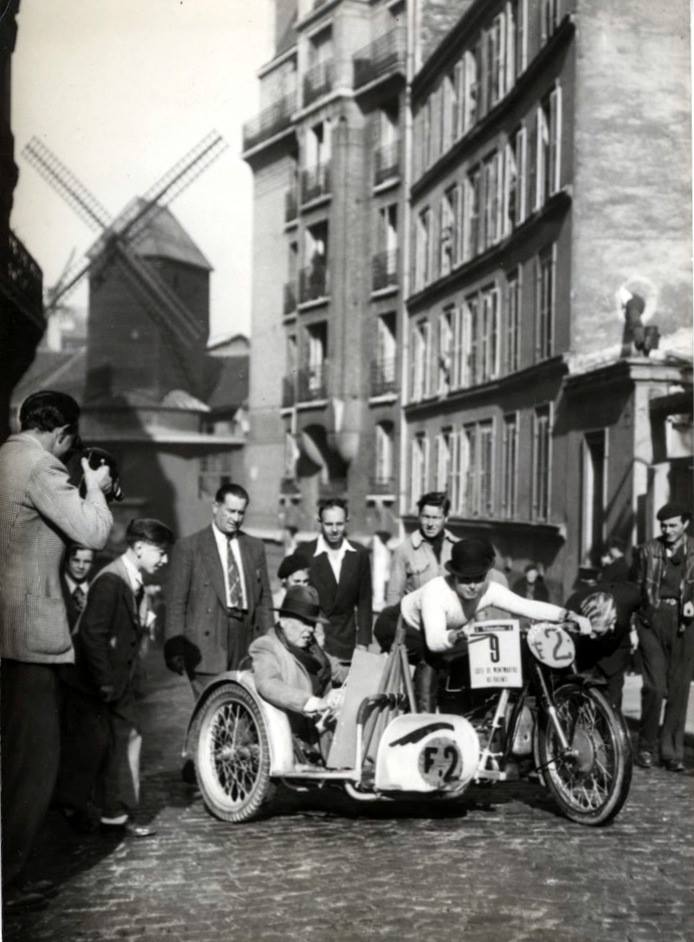
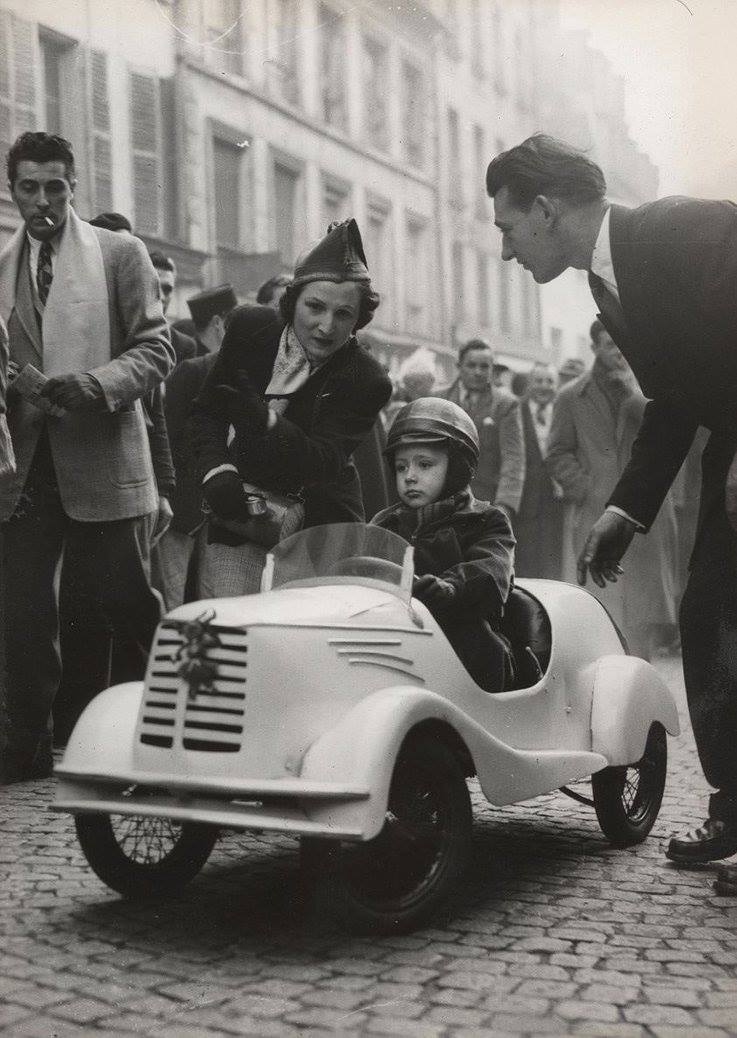
INA, France’s National Audiovisual Institute, has footage of some of the races, including one in 1949, all with Montmarte’s iconic windmill in the background. Motorcycles with sidecars, trucks, fire trucks, donkey-driven carts and even children are seen taking part, zig-zagging back and forth to make the track even longer. Easily keeping pace, crowds walk along with the vehicles, deliberately slowed with extra weights and passengers, some enjoying a leisurely meal with drinks in the back.
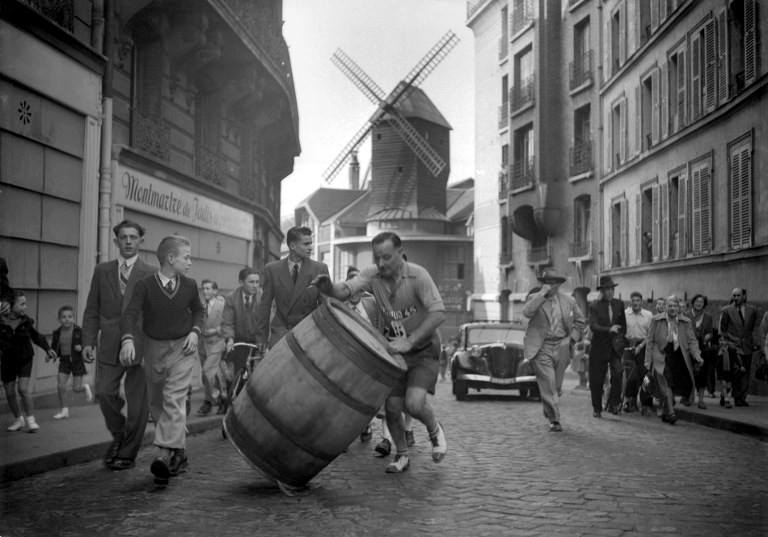
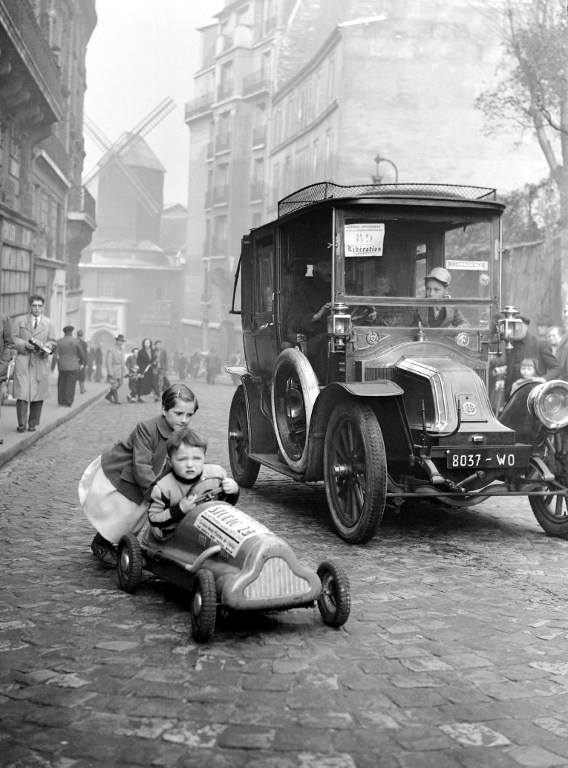
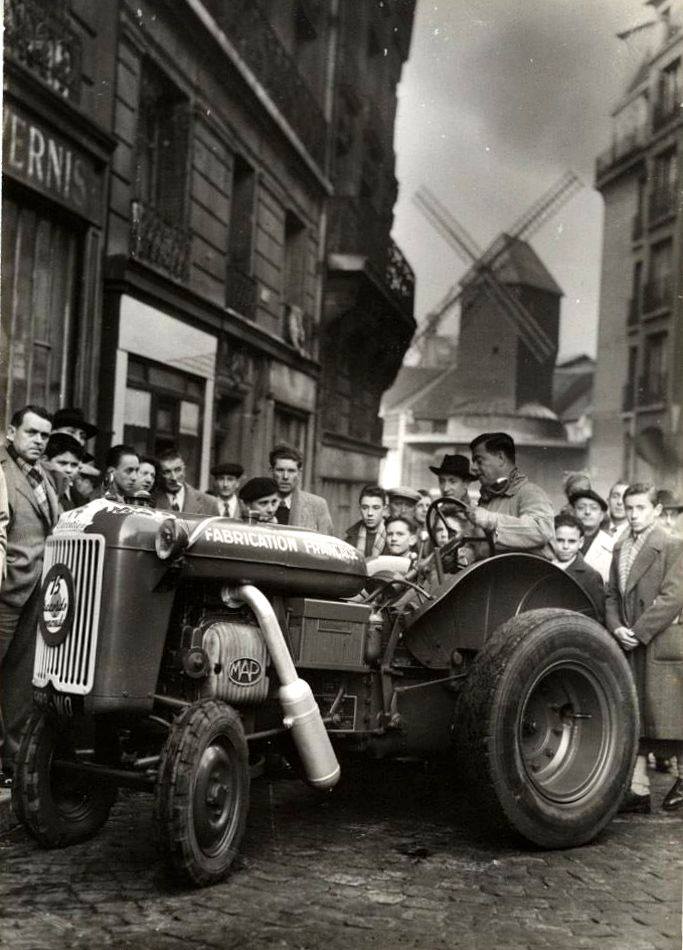
The competition continued as a regular event until 1985, when the baton was passed to Jean-Marie Pellerin, the president of the Grand-Meres Automobiles club, and Guy Gaudefroy, who continued the race until 1998, the 74th edition. But then in 2016, the race was revived, featuring cars from 1896 to 1939 (including some baring the Renault label). The ride, which was held on September 18th and hosted some 30 vehicles, started at the same La Pompette restaurant. The smell of vintage cars was in the air (with many taking 20 minutes to reach the top) and the race ended with a traffic jam, but no one could complain about someone being a slow poke. Here’s hoping another revival of the race is on the horizon.
